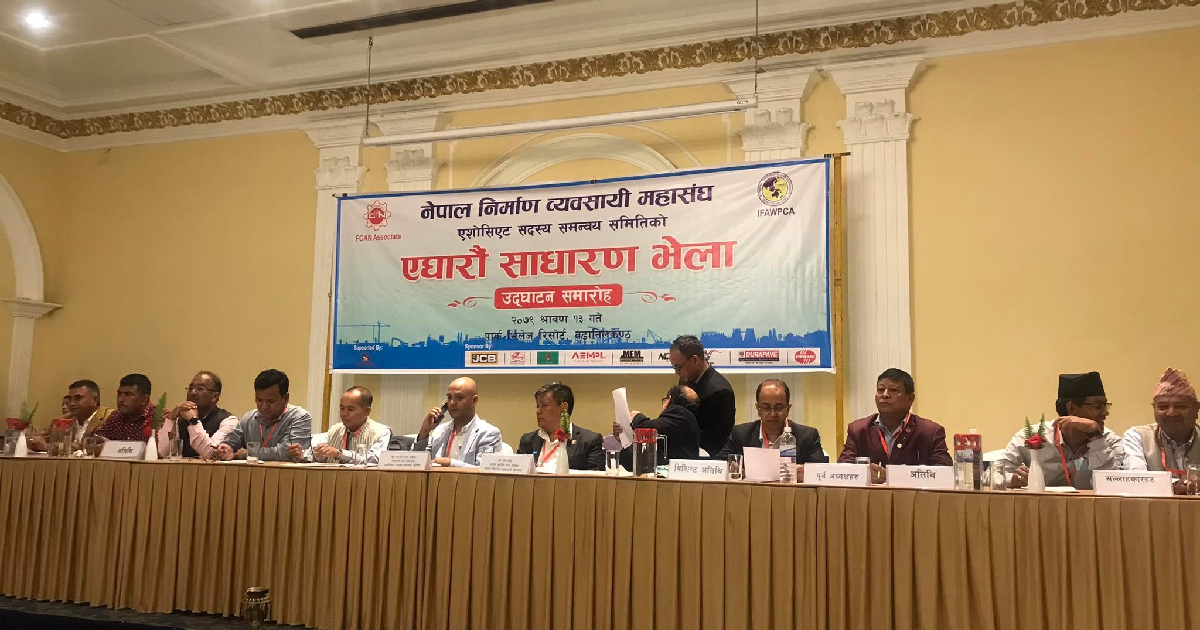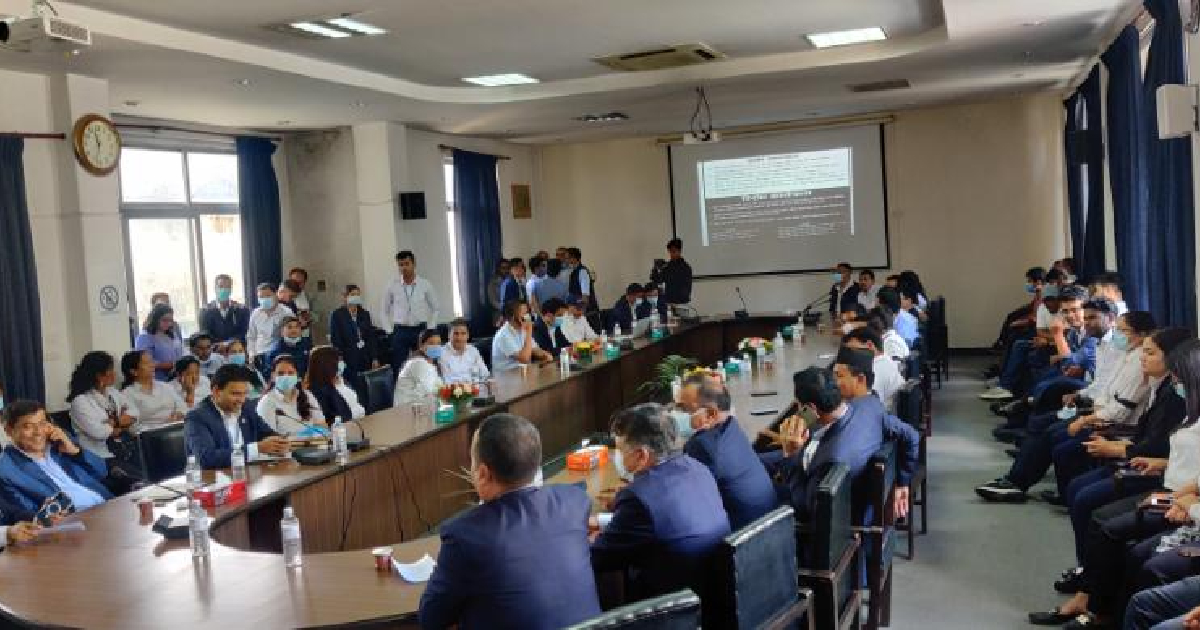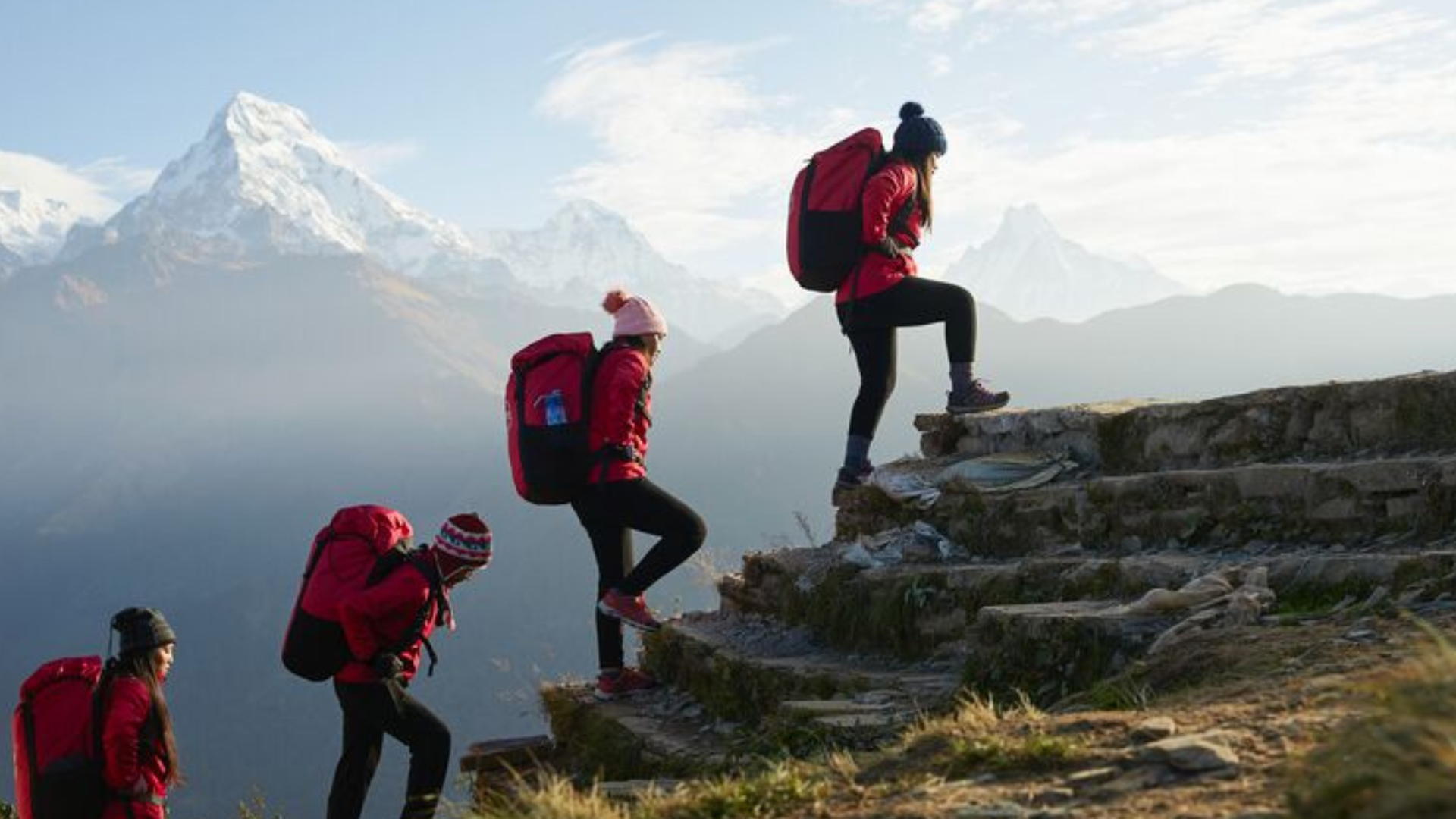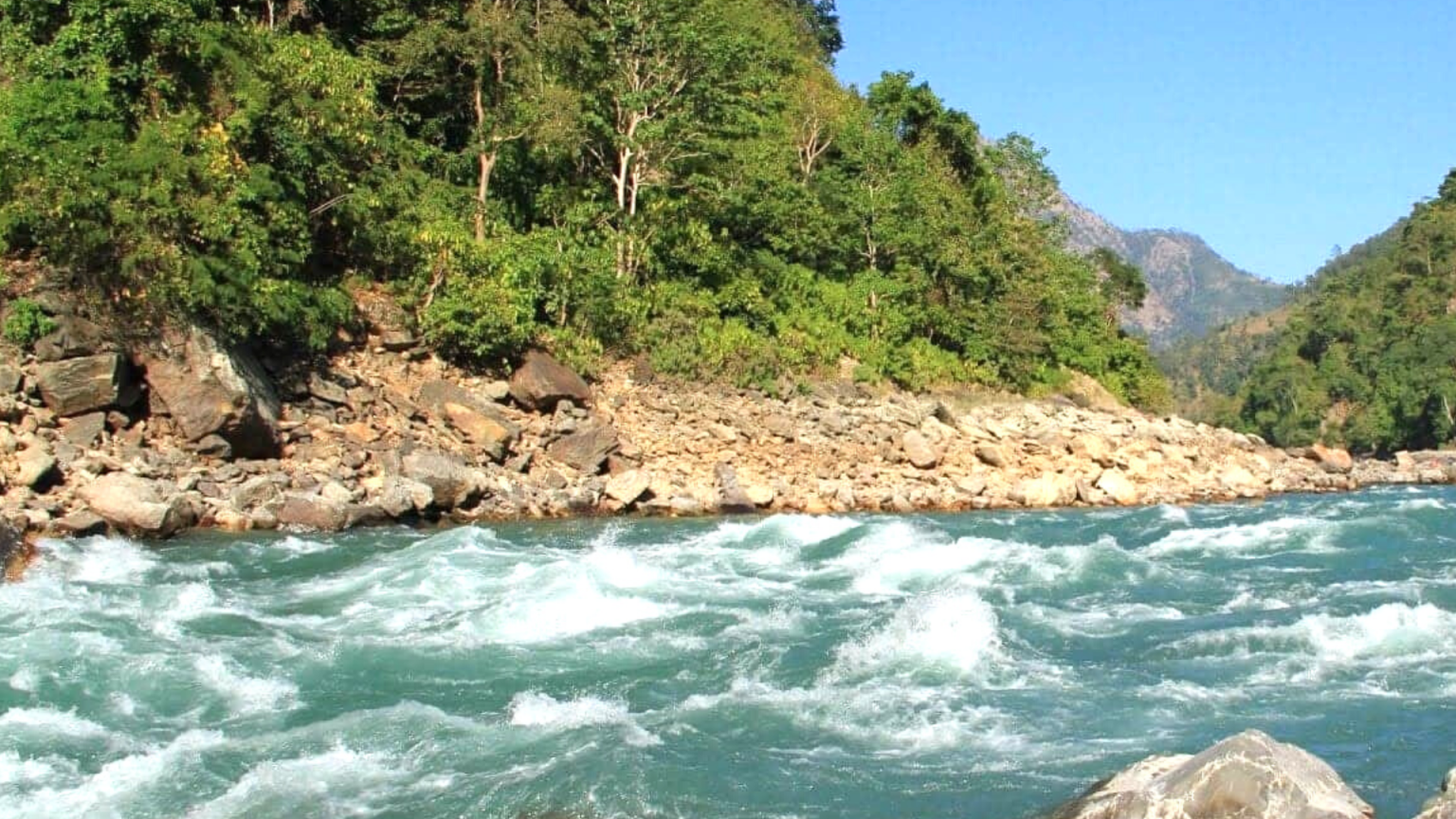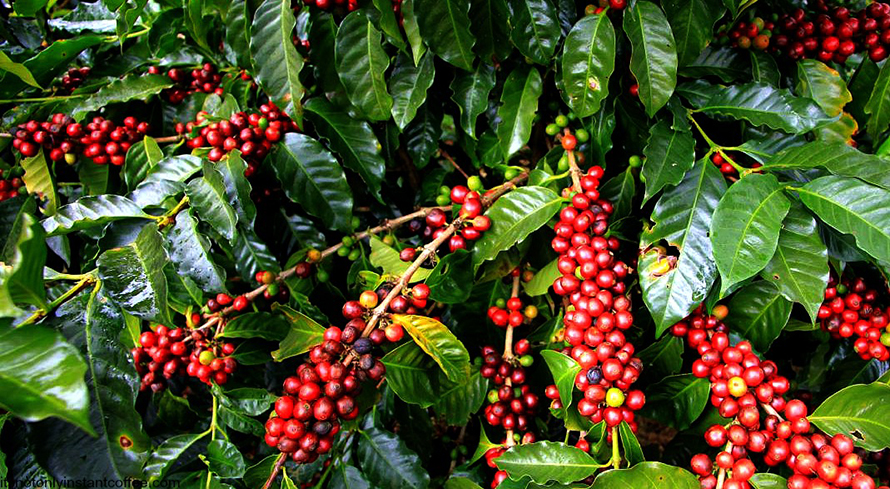

KATHMANDU: In a bid to support the long-term objectives of improving the Nepal coffee industry’s productivity and climate change adaptability by identifying the most appropriate coffee varieties in Nepal, research was conducted with technical support from the International Trade Centre (ITC) under the European Union-funded EU-Nepal Trade and Investment Programme (TIP).
The Coffee-genotype DNA sequencing research report regarding coffee’s genetic varieties in Nepal was made public in Kathmandu amid a function on 23rd January.
Environment, farming / post-harvest practices and the genetics/varieties of coffee plants determine the agronomic performance of coffee trees, influence the climate change adaptability, efficiency of fertilizer intake to control Carbon Footprint, and the final cup quality.
Concluding that ‘Nepal is a Bourbon Coffee country’ the report recommended that Nepal diversify the genetic landscape in order to mitigate the risk of having a single uniform genetic background –the Bourbon genetic background.
During the research 104 samples of 26 coffee varieties from 13 nurseries across the country were collected and analyzed.
The study was instrumental in broadening the better understanding of existing varieties in the country and exploring measures to improve selection, grafting and clones of high-potential vegetal material. Samples from both government and private nurseries, which are distributing plantlets to farmers, were collected to understand the genetic landscape of Nepali coffee.
The research also found that 70 % of the total samples have a clear Bourbon genetic fingerprint while 98% of the samples collected from the private nurseries bearing local names have a clear Bourbon genetic fingerprint.
“Though genetic uniformity can be an advantage as Bourbon varieties are climate resilient and adapted to smallholders, it is also a major risk as Bourbon varieties are susceptible to leaf rust,” states the report. “Having a vast majority of Bourbon may lead to a major rust outbreak as happened in Latin America during the last decade,” the report further says. The research, however, found that government nurseries are maintaining genetic diversity.
The report also found that the genetic landscape in private and government nurseries is different. According to a report 98 per cent of samples from private nurseries are with Bourbon genetic fingerprints while government nurseries contain diverse varieties including introgressed varieties and Ethiopian-related coffee plantlets.
During the research, 80 % of the collected samples are traditional Arabica. Of the total samples, 71 % samples represent the Bourbon variety while 16 per cent and 3 % are introgressed and Ethiopian-related respectively.
The research was conducted in collaboration with the National Tea and Coffee Development Board (NTCDB), the Coffee Research Programme (CRP) of the Nepal Agriculture Research Council (NARC).
Giving a presentation on the report, Senior Scientist of Nepal Agriculture Research Council (NARC) Jeet Narayan Chaudhary said, “DNA Sequencing was conducted to identify the available coffee varieties of Nepal because our farmers are giving their own names for the coffee they produce when they planted in their local farms as per their convenience.
However, these locally named coffee genetic varieties are not identified by DNA Sequencing. The research was conducted to identify the appropriate varieties for Nepal through DNA sequencing.” Dr Vidur Ghimire, the Programme Coordinator of the European Union-funded EU-Nepal Trade and Investment Programme, highlighted the activities carried out by the Programme for promoting Nepal’s international trade.
Coffee scientist Dr Christophe Montaganon highlighted the features of different varieties of coffee and stressed the need to promote climate-resilient coffee varieties in Nepal.
The report dissemination program was organized to sensitize the major coffee stakeholders about the genotype varieties existing in Nepal and their implications on future production, productivity, quality, preferences, and promotional measures and strategies.
The representatives from key stakeholders including the Ministry of Industry, Commerce and Supplies (MoICS), Ministry of Agriculture and Livestock Development (MoALD), NTCDB, Agriculture and Forest University, NARC, International Trade Centre (ITC) and private sector representatives were present on the occasion.






